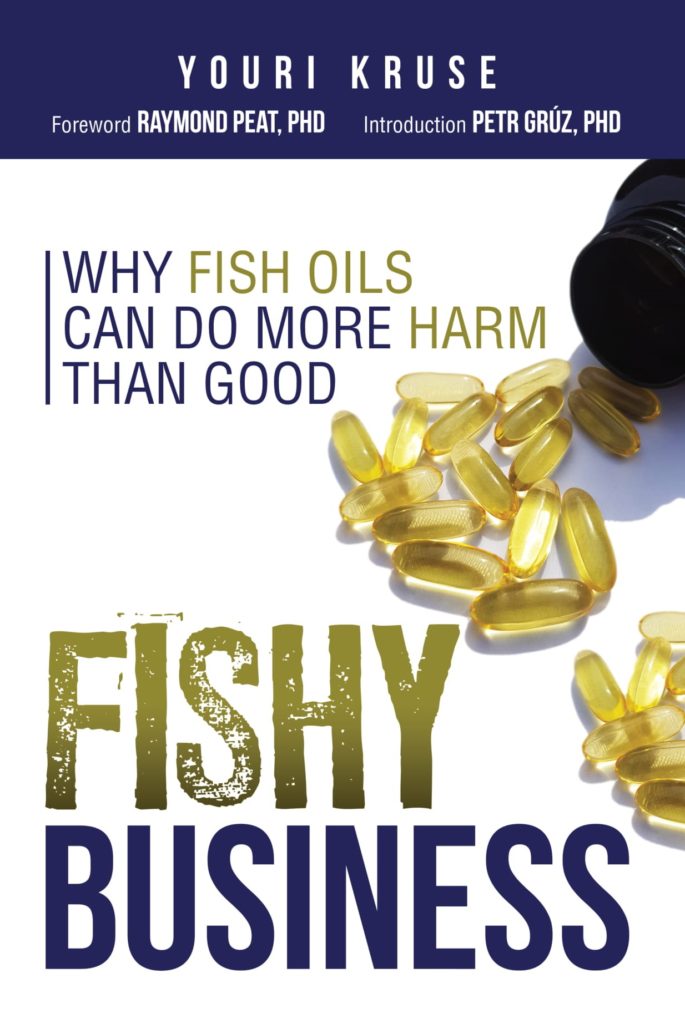Polyunsaturated Fatty Acids (PUFA) are fats that have double bonds and are famous for their fragility. Some studies show that PUFA is more than 320 times more likely to break up than oleic acid (monounsaturated fat= MUFA). The resistance of especially saturated fats and MUFA makes them heavily associated with longevity. The more saturated a fat is, the less likely the fat will break apart (lipid peroxidation)
Limiting lipid peroxidation is linked to longevity[1], and rats whose membranes are resistant to lipid peroxidation live longer[2]. Using a database of 42 different species, it was found that as omega 3 to omega 6 increased, lifespan decreased and no association between DHA and longevity was found[3], additionally low membrane polyunsaturation (also omega 3) slow aging[4].
If you like to read more, buy the book here

[1] Exp Gerontol. 2005 Apr;40(4):335-43. Unsaturated fatty acids intake and all-causes mortality: a 8.5-year follow-up of the Italian Longitudinal Study on Aging. Solfrizzi V1, D’Introno A, Colacicco AM, Capurso C, Palasciano R, Capurso S, Torres F, Capurso A, Panza F.
[2] Mech Ageing Dev. Author manuscript; available in PMC 2010 Aug 30. Mech Ageing Dev. 2006 Aug; 127(8): 653–657. Published online 2006 Apr 18. doi: 10.1016/j.mad.2006.03.002 PMCID: PMC2929641. NIHMSID: NIHMS225722. Extended longevity of wild-derived mice is associated with peroxidation-resistant membranes. A.J. Hulbert,a,b,* Sally C. Faulks,a,c James M. Harper,d Richard A. Miller,d and Rochelle Buffensteine
[3] Aging Cell. 2007 Feb;6(1):15-25. Epub 2006 Dec 5. N-3 polyunsaturated fatty acids impair lifespan but have no role for metabolism. Valencak TG, Ruf T.
[4] Life and Death: Metabolic Rate, Membrane Composition, and Life Span of Animals. A. J. Hulbert, Reinald Pamplona, Rochelle Buffenstein, W. A. Buttemer. Physiological Reviews Published 1 October 2007 Vol. 87 no. 4, 1175-1213 DOI: 10.1152/physrev.00047.2006